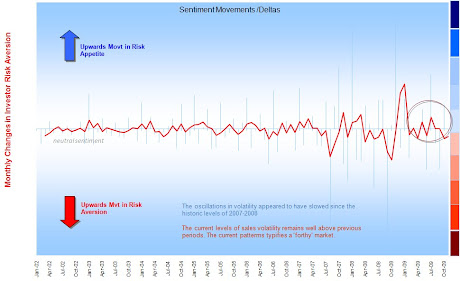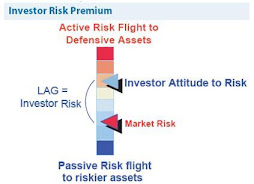


Dear World,
Having navigated the ordeal of logging a name for this new blog; I am now faced with the very real dilemma of what to post at 11.30pm. Before I wade into the murky depths of the investment world; (and all its angels and demons) I'll set out my stall..
Simply put I'm here to engage with like-minded people who have grown tired of the old business model - one that takes management fees and returns losses, that delivers volatility without goals. This site doesn't have to just cover investments (all things are connected) and discussions can range from economics to politics to the environment. What is common is that ideas are discussed, challenged and a consensus found.. consensus rules!
E.g. for investments I can do this primarily through:
1. Developing new tools and applications to support investor decisions
2. Share investment and risk ideas with like-minded investors
3. Create online educational material to support my fellow consortium
4. Post new stories and highlight topics for discussion
To somehow create a community here (or elsewhere) and to nurture it into a 'consortium' of investors. One that takes charge for its own investments, to reach consensus and collectively decide buy/sell asset allocation ideas minus the burdens of the industry.
Above all I hope this isn't dull..
JB




Is there a forum here Jon? How do we post topics for discussion.....
ReplyDeleteThis comment has been removed by the author.
ReplyDeleteYes - I will authorise the first members as 'authors' to post their own ideas for discussion.. All I need is your email to set you up. PM me. JB
ReplyDelete